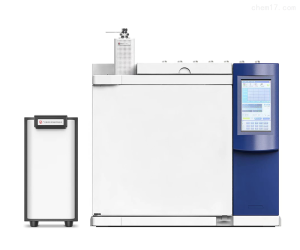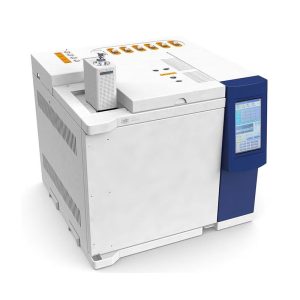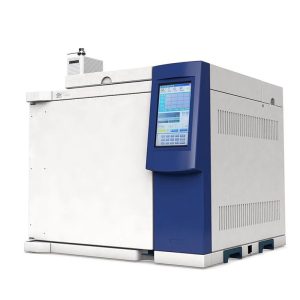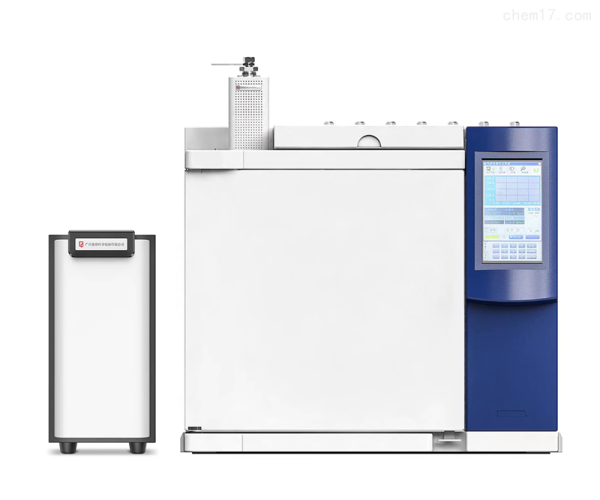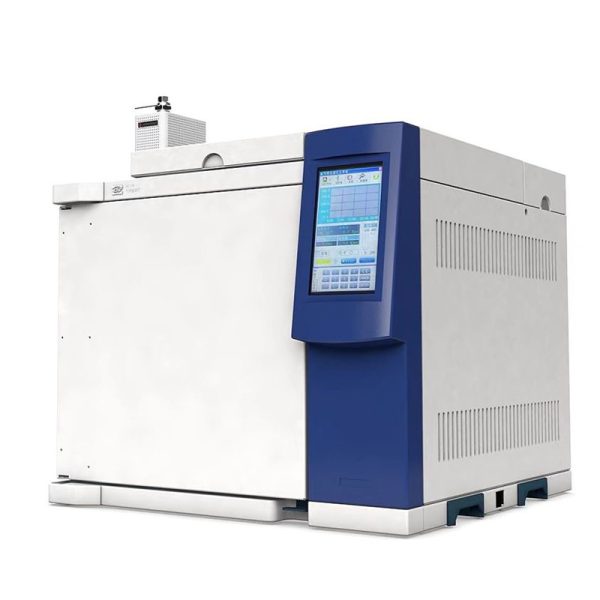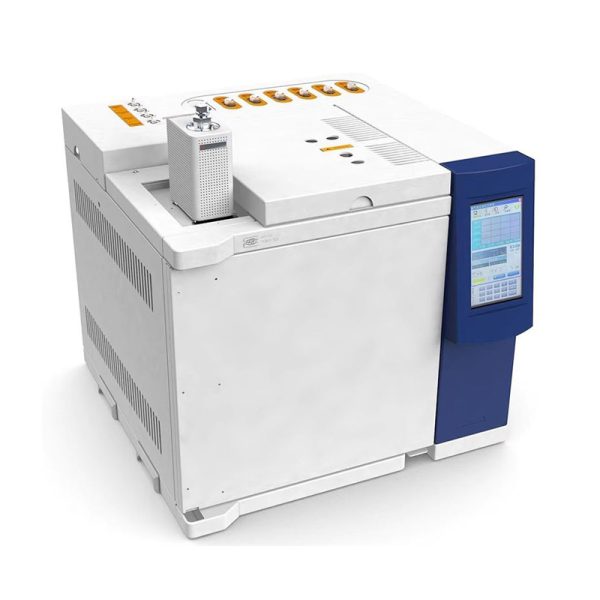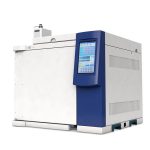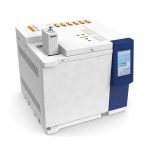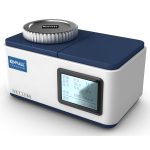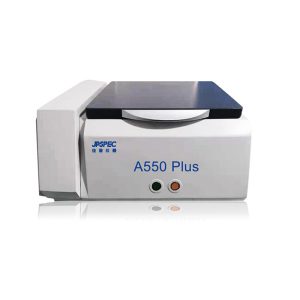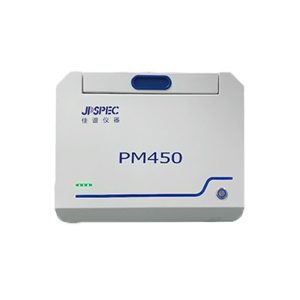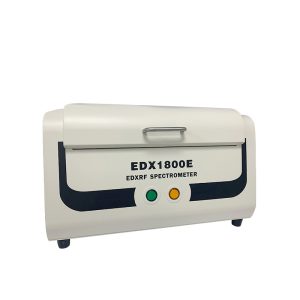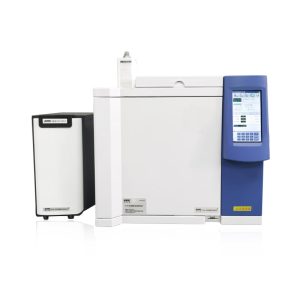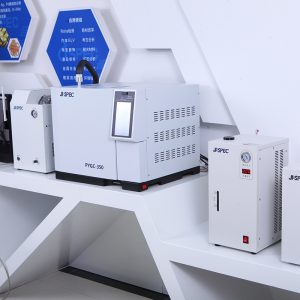- 설명
- 문의
설명
TP30SN 시멘트 실록산 열분해 가스 크로마토그래프
시멘트 실록산 열분해용 TP30SN 가스 크로마토그래프
In different regions and climatic environments, concrete buildings will encounter different erosion and damage, such as high-performance concrete structure protection of port and wharf, Marine concrete protection of cross-sea bridge, concrete structure protection of viaduct, highway bridge, railway bridge, tunnel concrete structure protection. Airport runway concrete structure protection, clear concrete structure protection, thermal power, nuclear power plant concrete structure protection and so on. As an effective concrete protection material, silane can provide long lasting protection for concrete. The protective layer formed by silane on the surface of concrete can effectively prevent the invasion of water and chloride ions, so that the steel bar from corrosion; Can prevent the occurrence of concrete carbonization; 동시에, the damage to concrete caused by freeze-thaw can be greatly reduced.
The principle of concrete silane impregnation and protection technology is to use the special small molecular structure of silane to penetrate the surface of concrete, penetrate into the concrete interior several to ten millimeters, penetrate the deep layer of concrete surface, distribute in the concrete capillary wall, and even reach the smallest capillary wall, and exposed to the acidic and alkaline environment of the air and the water in the base of chemical reaction, Polymerization to form a network of crosslinked silicone macromolecule hydroxyl groups. These hydroxyl groups will be condensed with the base and itself, resulting in glue bonding, accumulation, curing combined in the inner wall and surface of the capillary hole, forming a strong, rigid and flexible anticorrosive permeable water repellent layer. Because it will not block the porosity, it can maintain the air permeability of the substrate. By counteracting the forced suction of capillary pores, silane concrete protective agent can prevent water and soluble salts, such as chlorine salt infiltration, effectively prevent the substrate due to water seepage, sunshine, acid rain and seawater erosion of concrete and internal steel structure corrosion, loose, 필링, mildew caused by the disease, there is a good UV resistance and oxidation resistance, It can provide long-term and lasting protection and improve the service life of buildings.
After waterproof treatment, the substrate forms a surface tension much lower than water, and produces capillary inverse pressure phenomenon, and does not block the capillary pores, both waterproof and maintain the “breathing” of the concrete structure. 동시에, the silicone polymer formed by the chemical reaction is organically combined with the concrete as a whole, so that the substrate has a certain toughness, can prevent the cracking of the substrate and make up for the crack of 0.2mm. When the waterproof surface is damaged due to abnormal reasons (such as external force), the silane on the damaged surface continues to react with water, so that the waterproof layer on the damaged surface has self-repair function. In addition to its hydrophobicity, the silane concrete protectant is not damaged by the alkaline environment of the newly poured concrete. In contrast, alkaline environments, such as freshly poured concrete, stimulate the reaction and accelerate the formation of repulsive surfaces. In theory, silane can last as long as concrete, and the stronger the concrete, the longer it will last.
표준에 따르면: JTS153-2015 “Water Transport Engineering Structure Durability Design Standard”; JTJ275-2000 “Harbor Engineering Concrete structure surface coating anti-corrosion technical code”; JTT695-2007 Technical Specification for anticorrosive coating of Concrete Bridge Structure.
적어도 3 days after the last silane spraying, a core sample of approximately 50 mm in diameter and 40±5 mm in depth was drilled. Split the core sample at a concentration of 3-4mm (concrete with strength grade ≤C45) or 2-3mm (concrete with strength grade ≥C45) away from the original surface. Several powder samples were taken from the newly exposed surface of the core sample. The powder samples were decomposed into plasma gas by thermal decomposition. The average percentage of silane in the weight of the cement slurry powder samples was obtained by gas chromatograph (RY-100A+GC-2020/2030). The percentage of silane in the impregnation area shall not be less than 0.1% of the weight of the cement slurry powder.
시멘트 실록산 열분해용 TP30SN 가스 크로마토그래프
Pyrolysis gas chromatography, also known as cracking gas chromatography, is to make large molecular substances (such as polymers, biochemical samples) in the pyrolyzer heated to a few hundred or higher temperature, rapid pyrolysis into small molecular fragments, and directly into the gas chromatograph for analysis.
Since the composition and relative content of volatile products correspond to the structure, composition and property of the measured substance, 각 물질의 열분해 크로마토그램은 특정 열분해 조건에서 고유한 특성을 갖습니다., 이를 지문 열분해 스펙트럼이라고 합니다.. 고분자 화합물의 종류를 식별하고 혼합물의 성분을 정성적, 정량적으로 분석하는 데 사용할 수 있습니다.. 열분해 가스 크로마토그래피는 고분자 화합물의 미세 구조를 결정하는 테스트 수단으로도 사용될 수 있습니다., 중합과정과 분해과정의 역학적 메커니즘, 그리고 열 안정성을 조사하기 위해.
열분해 스펙트럼은 실험 조건에 따라 다릅니다.. 다양한 실험실에서 반복 가능하고 비교 가능한 열분해 스펙트럼을 얻기 위해, 다음 세 가지 매개변수가 중요합니다.: 시료를 미리 정해진 열분해 온도까지 가열하는 데 필요한 시간. Materials for parts in contact with the sample. At the pyrolysis temperature, some substances (such as quartz and iron) produce catalysis, which will change the distribution of pyrolysis products. Platinum and gold are commonly used materials for pyrolyzers. The volume of the product of the pyrolyzer should be as small as possible, and can immediately enter the carrier air, and keep at a uniform temperature. The commonly used pyrolyzers are: tube pyrolyzer; Hot wire pyrolyzer; Curie point pyrolyzer; Laser pyrolyzer.
Pyrolytic chromatography can overcome the shortcomings of gas chromatography. It is suitable for the analysis of polymers, biomacromolecules, microorganisms and high boiling organic compounds. Copolymerization composition can also be determined; Distinguish blends and copolymers; 중합체의 분자량을 결정하기 위해 중합체의 일부 말단 그룹을 결정했습니다.. 일부 중합체의 사슬 구조가 결정되었으며 열 안정성이, 노후화 저항, 폴리머의 가공 및 기타 특성을 연구했습니다.. 게다가, 의학에서도 사용될 수 있다, 생물학 및 기타 분야.
